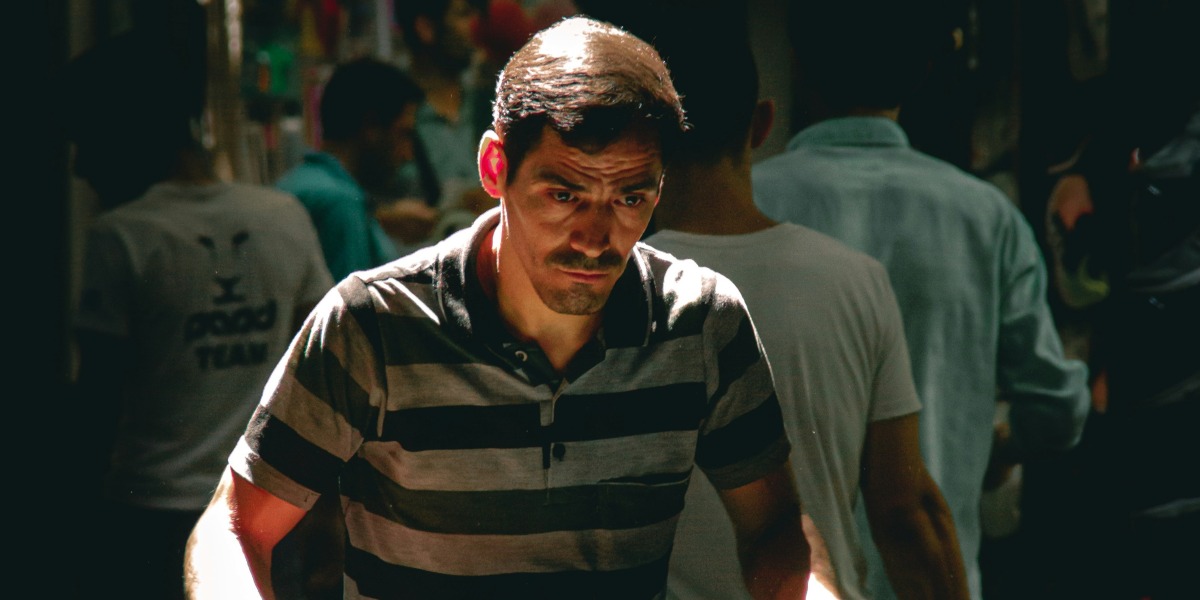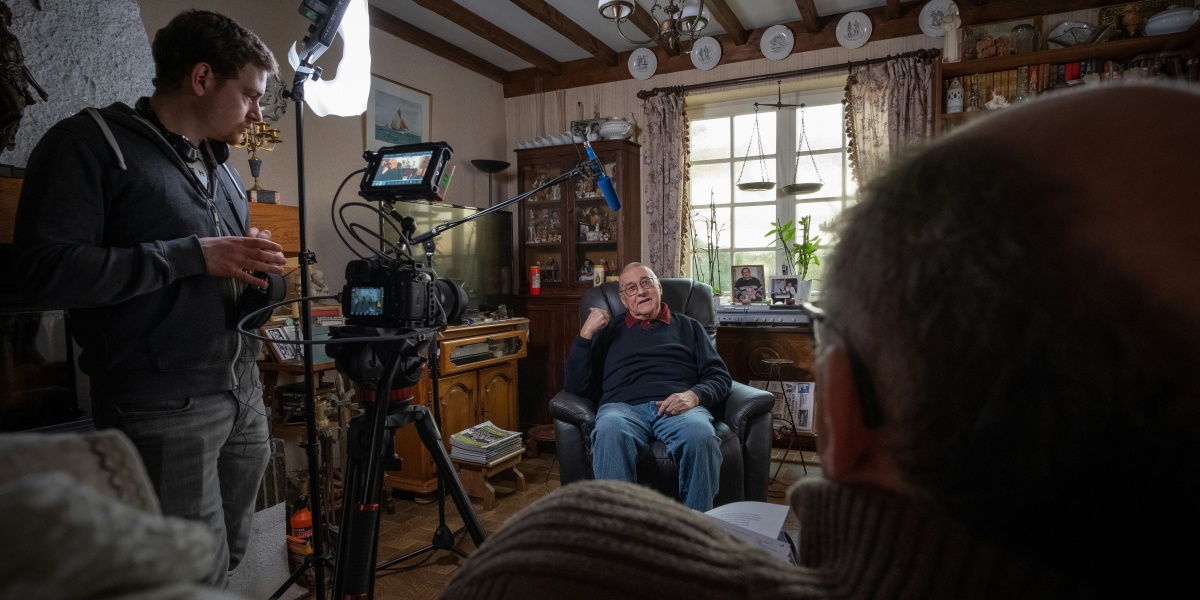Understanding Intrinsic In-Game Advertising: A Calm Look at Its Growth and Impact
Why Game Developers Are Turning to Embedded Advertising
Game development has become more expensive. Costs tied to staff, server maintenance, licensing, and marketing continue to rise. At the same time, many players are spending less on in-game purchases due to broader economic pressures, including inflation. Developers are seeking ways to maintain revenue without disrupting gameplay. One solution gaining traction is intrinsic in-game advertising.
This format places ads directly into the game environment. Ads appear on virtual billboards, posters, or other surfaces that naturally fit the game’s setting. These placements are designed to be non-disruptive, meaning they do not interrupt gameplay or require player interaction. According to a guide published by Anzu, intrinsic ads are configured to match the game’s aspect ratio and media type, allowing for seamless integration across mobile, PC, and console platforms.
How Intrinsic Ads Differ from Traditional Formats
Traditional advertising formats—such as pop-ups, banners, or pre-roll videos—often interrupt the user experience. Intrinsic ads, by contrast, are static or animated visuals embedded within the game world. They do not require clicks or navigation. This makes them less intrusive and more natural to the player.
A report from Frameplay notes that intrinsic advertising is preferred by players because it blends into the environment and avoids interrupting gameplay. The format supports creative flexibility for developers while offering brands a way to reach audiences without causing frustration.
What Makes These Ads Appealing to Brands
Brands are drawn to intrinsic ads for several reasons. First, they offer high visibility in a context where users are highly engaged. Players spend extended periods in games, often focusing intently on the environment. This creates opportunities for brand exposure that are more sustained than traditional formats.
Second, intrinsic ads can be targeted based on game genre, player demographics, and geographic location. This allows advertisers to reach specific audiences without relying on invasive tracking methods. The ads are also measurable. Metrics such as ad recall, brand lift, and engagement can be tracked using standardized tools developed by industry groups like the Interactive Advertising Bureau (IAB).
How Players Respond to Embedded Advertising
Surveys conducted by Frameplay and other platforms show that players generally accept intrinsic ads when they are relevant and unobtrusive. A study cited by The Drum found that 70% of shoppers feel advertisers do not respect their digital experience, and 95% report that their content consumption is interrupted by intrusive ads. Intrinsic ads address these concerns by staying within the game’s visual context.
Players also value relevance. Ads that match the tone and setting of the game are more likely to be accepted. For example, a racing game might feature ads for automotive brands on virtual trackside billboards. A sports game might include ads for athletic gear in stadium environments. These placements feel natural and contribute to immersion.
Economic Pressures and the Shift Toward Non-Disruptive Formats
Inflation has affected consumer spending across entertainment sectors. Players are more cautious with discretionary purchases, including downloadable content and in-game upgrades. Developers, facing tighter margins, are exploring alternative revenue streams. Intrinsic advertising offers a way to monetize without asking players to spend more.
This shift also reflects broader changes in digital advertising. As privacy regulations tighten and third-party cookies phase out, advertisers are looking for formats that respect user boundaries. Intrinsic ads do not rely on personal data collection. Instead, they focus on contextual relevance and visual integration.
Technical Considerations and Implementation Challenges
While the format is promising, implementation requires careful planning. Ads must be placed in areas that are visible but not distracting. They must also match the game’s aesthetic and resolution. Developers often work with ad platforms that specialize in intrinsic placements to ensure quality and compliance.
Platforms like Anzu and Frameplay offer tools to manage ad inventory, track performance, and ensure that placements meet industry standards. These platforms also help brands tailor creative assets to fit different game environments. For example, a static billboard in a mobile game may require different dimensions than a dynamic poster in a console title.
Regulatory and Ethical Considerations
Intrinsic ads must comply with advertising regulations, including truth-in-advertising laws and platform-specific guidelines. They must avoid misleading claims and respect age-appropriate content standards. Developers and advertisers are also expected to avoid placements that could be perceived as manipulative or deceptive.
Ethical design is a growing concern. Ads should not interfere with gameplay mechanics or pressure players into engagement. Instead, they should serve as ambient elements that enhance realism. This approach aligns with broader trends in responsible advertising and user-centered design.
Long-Term Implications for the Gaming Industry
As intrinsic advertising becomes more common, it may influence game design. Developers might create environments with ad-friendly surfaces or build storylines that accommodate branded content. This could lead to new forms of collaboration between game studios and advertisers.
However, the format’s success depends on maintaining player trust. Ads must remain non-disruptive and contextually appropriate. If players begin to feel that advertising compromises the game experience, adoption may slow. For now, surveys suggest that intrinsic ads are well-received when implemented thoughtfully.
Intrinsic in-game advertising offers a practical solution to economic and creative challenges in the gaming industry. Brands benefit from sustained exposure in high-engagement environments, and players enjoy uninterrupted gameplay. As inflation continues to shape consumer behavior, formats that respect user experience and offer measurable value are likely to remain relevant.






